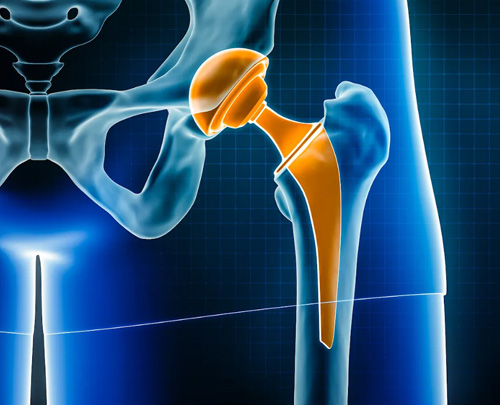
Arthritis pain can be debilitating, often hindering daily activities and diminishing quality of life. For many, the quest for relief leads to a common dilemma: Is joint replacement the only solution for my joint pain, or should I consider non-surgical treatments? Let’s explore possible answers.
When to Consider Joint Replacement for Arthritis
Joint replacement may be considered the best treatment option for arthritis pain in the following situations:
- Severe Osteoarthritis: When the arthritis is advanced and has caused significant joint damage.
- Ineffectiveness of Non-Surgical Treatments: If treatments such as medications, physical therapy, and lifestyle changes have not provided adequate relief.
- Impaired Daily Activities: Difficulty performing everyday activities like walking, climbing stairs, or getting in and out of a car.
- Persistent Pain: Continuous pain that interferes with sleep and daily life, and is not managed well by medication.
- Limited Mobility: A significant decrease in the range of motion of the affected joint, leading to stiffness and limping.
When to Consider Non-Surgical Solutions for Arthritis
Joint replacement may not be the best option for arthritis in the following situations:
- Early-Stage Arthritis: When the arthritis is in its early stages and can be managed with less invasive treatments.
- Non-Surgical Treatments Are Effective: If non-surgical interventions such as medications and low-impact exercises or activities such as riding a bike areproviding relief.
- High Surgical Risk: Patients with significant comorbidities like heart, lung, or kidney disease, which increase the risks associated with surgery.
- Bone Density Issues: Poor bone quality or density can compromise the stability and success of the joint replacement.
- Infection or Inflammation: Active infections or inflammatory conditions in the joint area can lead to complications if not resolved prior to surgery.
- Patient Preference: Some patients may prefer to avoid surgery due to personal reasons or concerns about the postoperative recovery process. However, advanced surgical techniques such as same-day joint replacement and robotics have significantly improved the outcomes and reduced the concerns associated with postoperative recovery.
Over the years, several research studies have shown patients generally have very high satisfaction rates after joint replacement surgery in terms of functional outcome and pain relief.1 Our patients share their feedback, contributing to these high success rates.
“First knee replacement went so well, I decided to do it again! Dr. Palmer and his crew at Signature Orthopedic are first class. And the fact that he uses the Mako Robotic system made my recovery and rehab a breeze. Highly recommend.” - Charlie A.
“Dr. Palmer performed a Mako Robotic hip replacement on my right hip 18 months ago, and it changed my life! I am so grateful to him and his staff. I am no longer in pain, no longer limping or using a cane. I am able to hike and speed walk without any issues. I appreciate his professionalism and kindness, as well as that of his staff. Thank you, Dr. Palmer!” - Geri W.
If arthritis pain is limiting your life, consult with Dr. Palmer to determine the best course of action for your unique situation.
AUTHOR: Dr. Christopher W. Palmer, DO is board certified, fellowship trained Orthopaedic Surgeon at Signature Medical Group in Missouri, specializing in robotic assisted hip and knee replacement. Dr. Palmer has specialized training in the Mako SmartRobotics ™ System with a focus on compassionate, individualized patient care.




